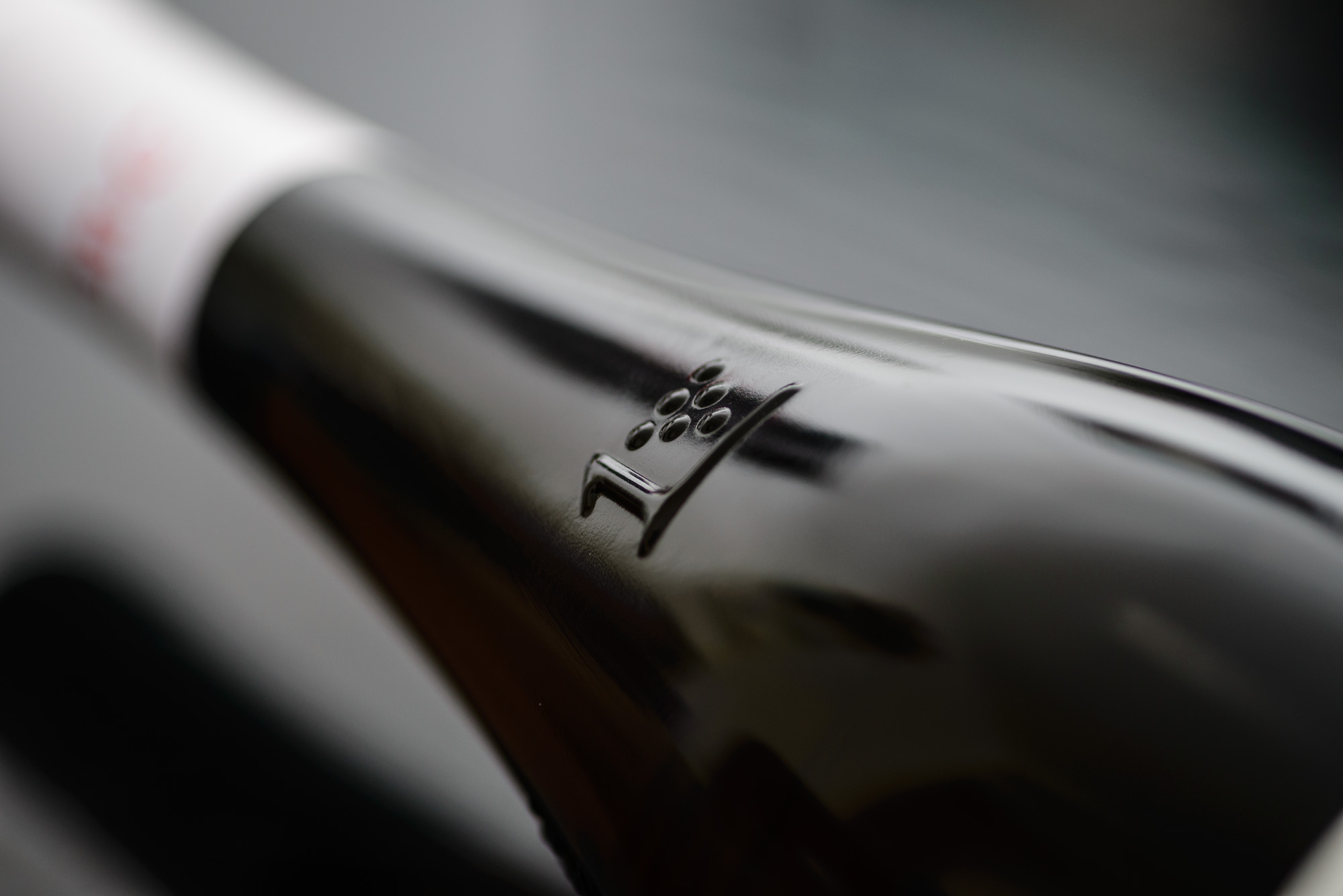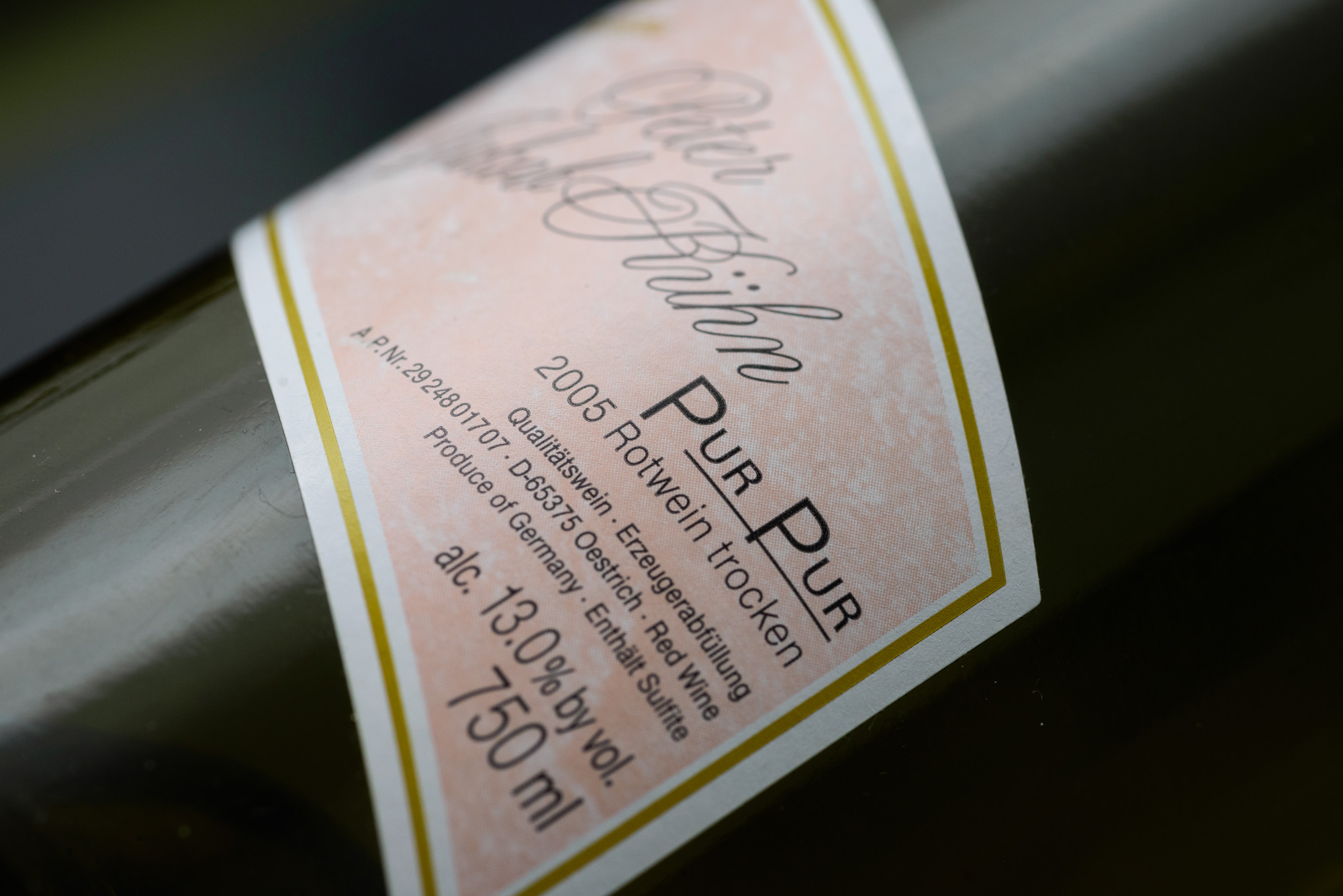Bernhard Huber, Spätburgunder Alte Reben, 2010
I haven't had much luck with my wine recently. For various reasons I haven't enjoyed much wine at home the past few years, so some bottles that should not have been forgotten were lost. History became legend. Legend became myth. And for two and a half years, some wines passed out of all knowledge. Or at least that's how Galadriel would have put it. Anyway, some wines spent probably a little too much time in London's tastiest wardrobe. The last few weeks I made it my mission to go through the aged wines in my possession and drink them. Sadly, I haven't had much success - until I opened this Pinot Noir from Baden that is.

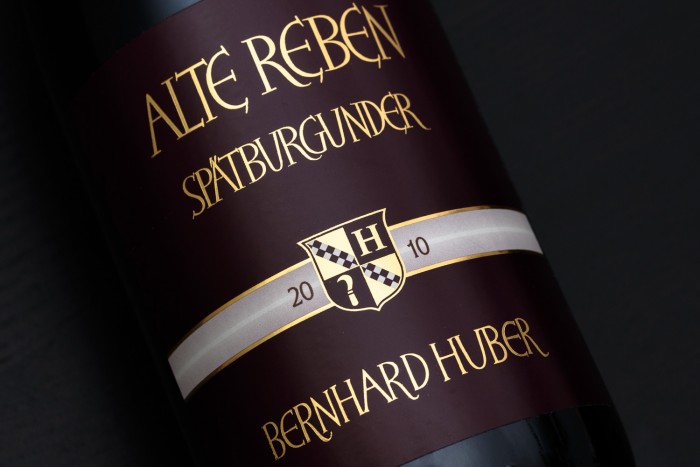
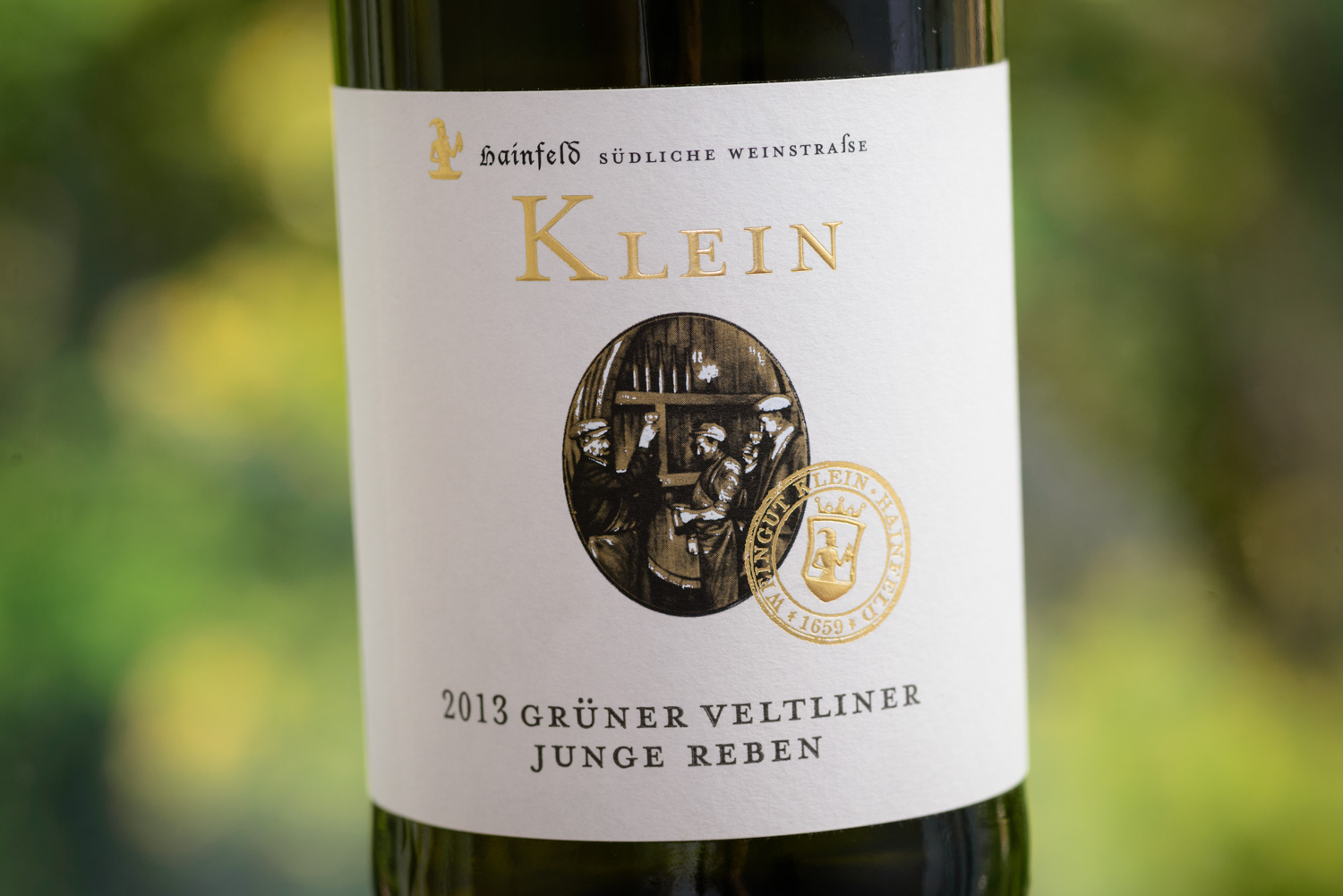 When I unscrewed Gerhard Klein's Grüner Veltliner I hoped it would be one of those quiet, enjoyable companions. And it was. With a little twist...
When I unscrewed Gerhard Klein's Grüner Veltliner I hoped it would be one of those quiet, enjoyable companions. And it was. With a little twist... 
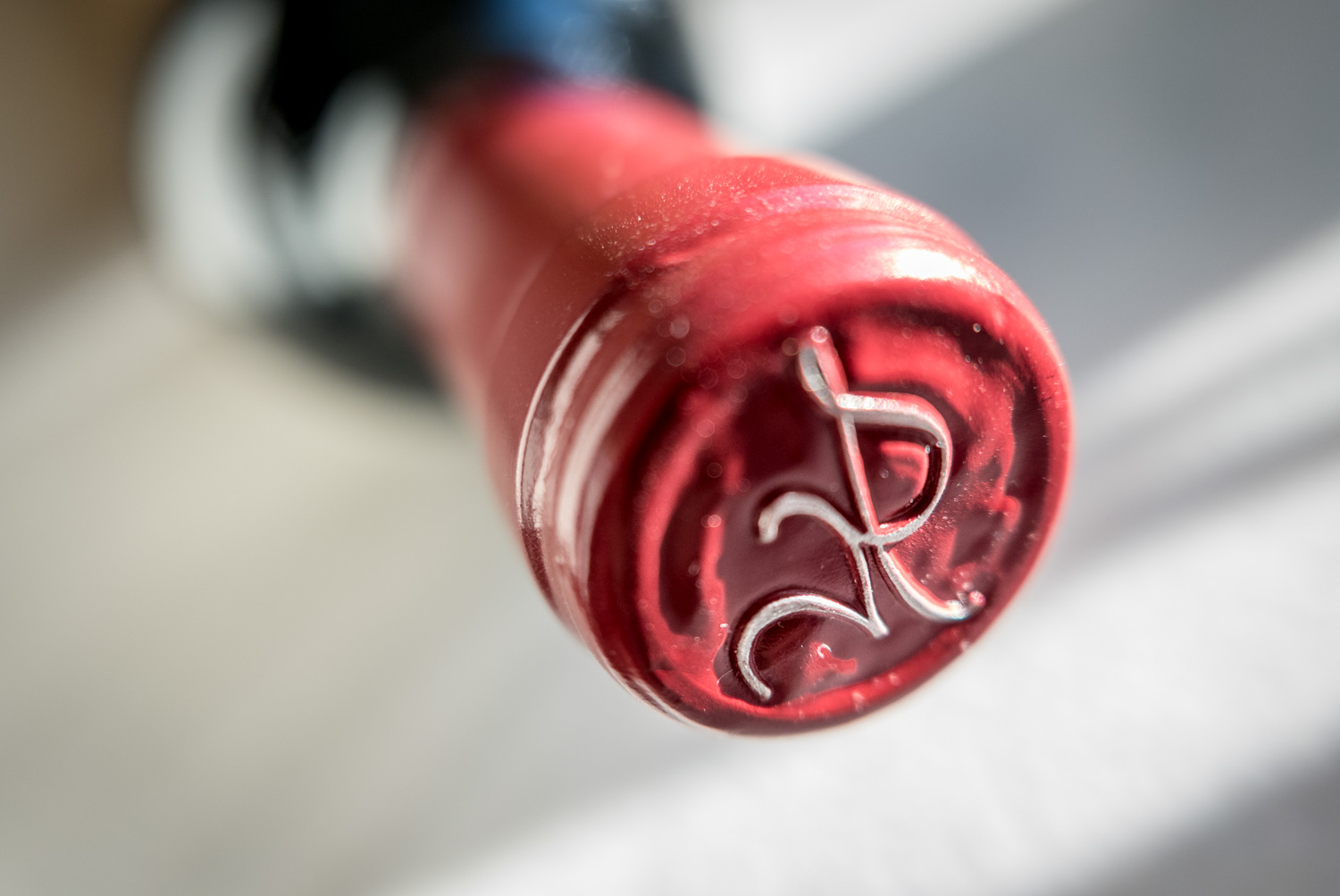 Or maybe his is just a pretentious way of saying: after maybe five years stored in a wardrobe I feared the Mauro really needed drinking.
Or maybe his is just a pretentious way of saying: after maybe five years stored in a wardrobe I feared the Mauro really needed drinking.  Looking through my cellar, the only Huber wine left is a Müller-Thurgau, not quite the obvious choice, but it has to do for a toast to one of the greats of wine making.
Looking through my cellar, the only Huber wine left is a Müller-Thurgau, not quite the obvious choice, but it has to do for a toast to one of the greats of wine making. 
